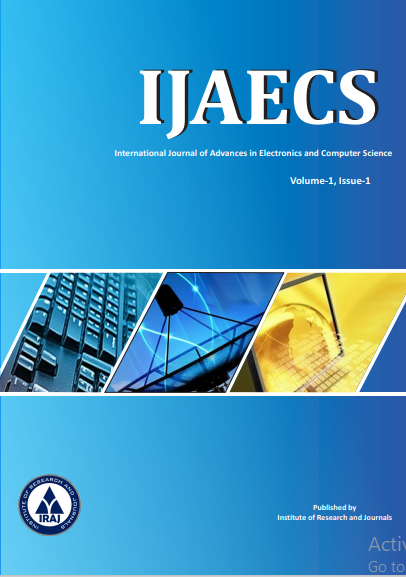Publish In |
International Journal of Advances in Electronics and Computer Science-IJAECS |
 Journal Home Volume Issue |
||||||||
Issue |
Volume-10,Issue-9 ( Sep, 2023 ) | |||||||||
Paper Title |
A Sneak Peek on The Data Architecture | |||||||||
Author Name |
Arun Uniyal, Inderpal Singh Oberoi | |||||||||
Affilition |
Dept. of Computer Application, Himalayan Garhwal University, Pauri Garhwal, India | |||||||||
Pages |
38-40 | |||||||||
Abstract |
Data is of profound use in any organization. Management of data requires a strong data strategy and foundation which should drive value to the enterprise. Data Management cuts across many dimensions of data which includes architecture, acquisition, ingestion, storage, transformation, consumption, governance etc. While every dimension has its own significance in the field of data, data architecture sets a strong foundation for the enterprise to drive business decisions which can impact the bottom or top line in delivering value. The first and foundational step to implement the data strategy is to define the right data architecture. The target state data architecture will confirm the efficiency, efficacy and worth of data for meaningful actions or outcomes for the business. According to open source architectural principle TOGAF®, a data architecture augments the architecture vision of an organization by enabling business architecture in alignment to stakeholders expectations. The data architecture hence allows the business to define their logical and/or physical data assets with associated management processes structurally. It is one of the toughest skills to acquire. In today’s emerging technology world where data is fueling the growth of businesses, stakeholders can be benefitted from basic understanding of data movement across various functions in the enterprise which can derive insights for meaningful business decisions. This paper is an attempt to explore the data architecture principles, available options and considerations while evaluating the limitations. Keywords - Data Architecture, Data Management, Enterprise Data Warehouse, Data Ingestion, Pipelines, Data Security, Data Consumption. Dark Data | |||||||||
| View Paper | ||||||||||